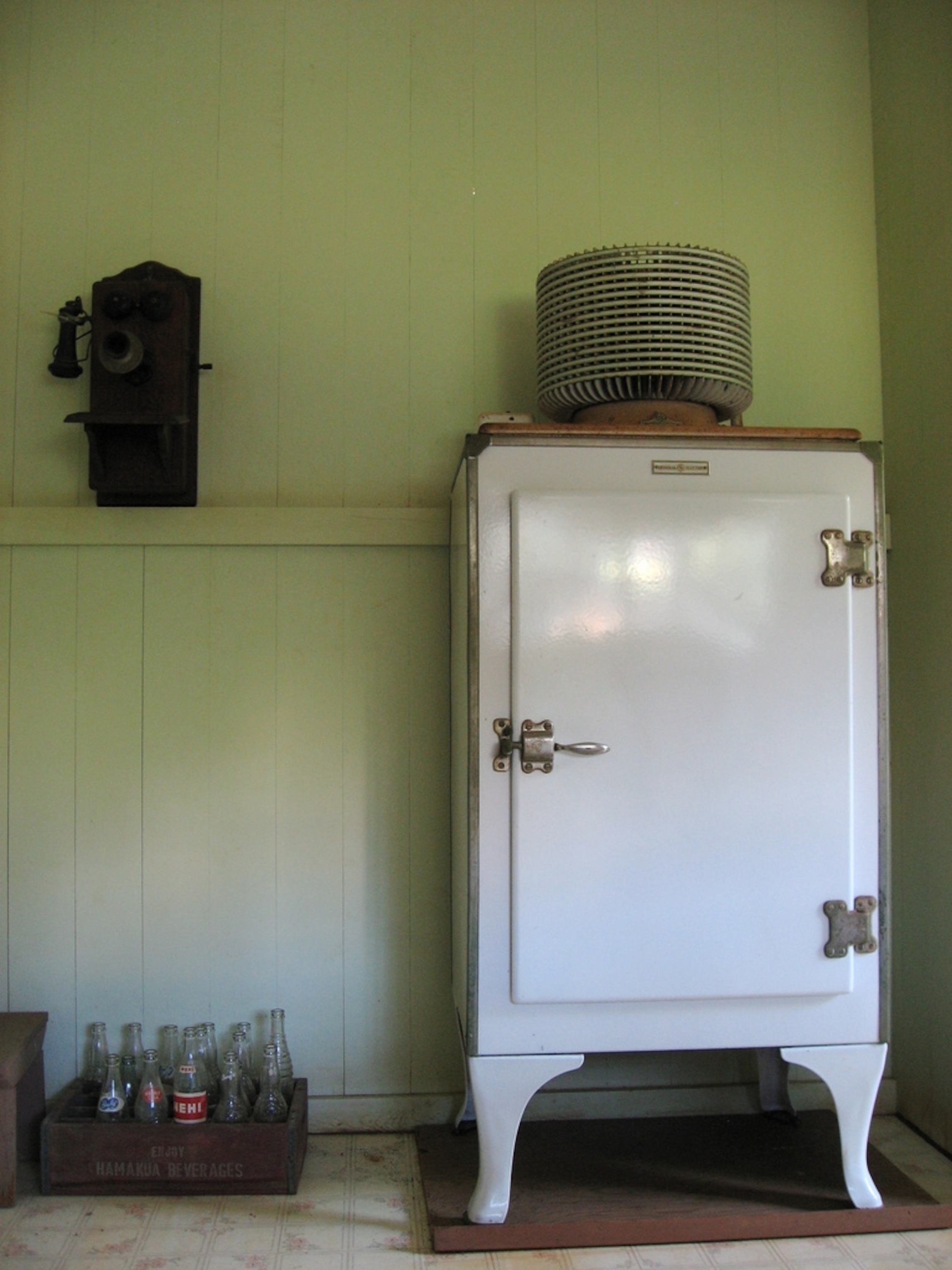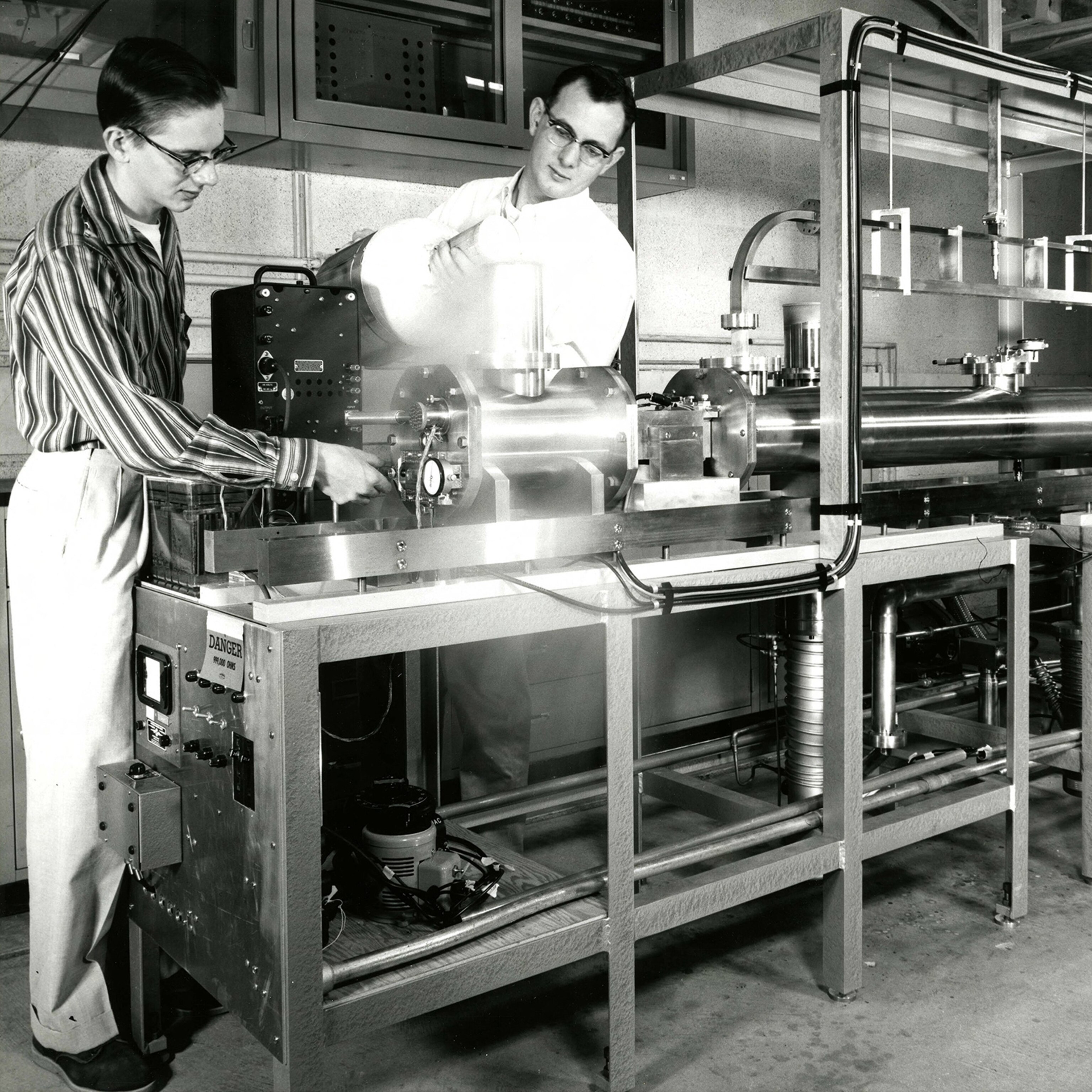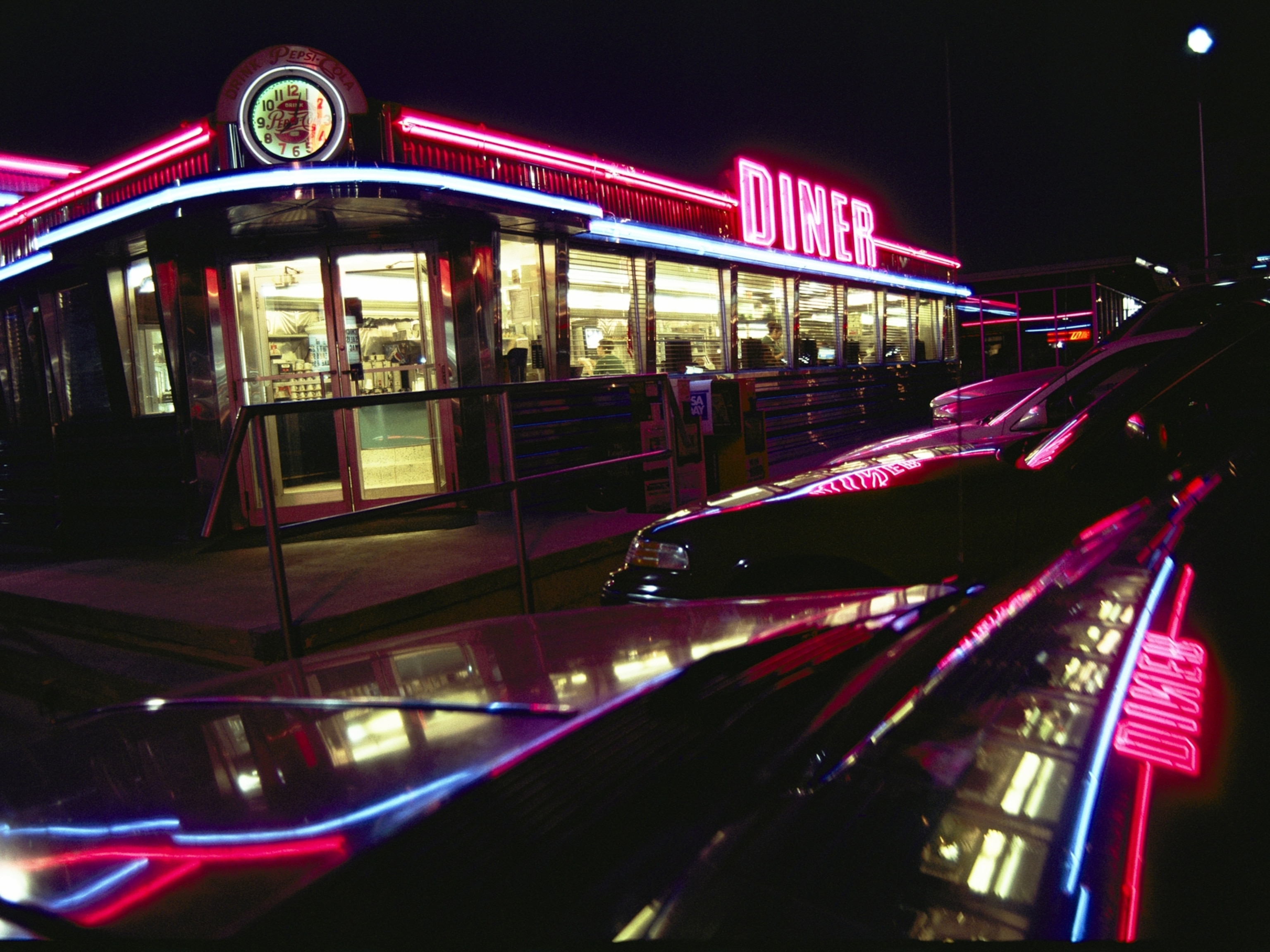
New Fridge Standards Take Effect Monday: How Refrigerators Have Kept Cool Over 40 Years of Improvements
One of the great inventions of our time – the modern refrigerator – will get an efficiency makeover when new national efficiency standards go into effect on September 15, reducing energy use of most refrigerators and freezers by about 20 to 25 percent.
The new standards take effect 100 years after the first modern refrigerators were mass-produced for general use. Before that time, consumers used iceboxes (literally boxes with ice) to keep their food cold, but food safety was an issue. When the ‘electric refrigerator’ was finally introduced it was more than just a convenience, it was an invention that saved people’s lives. (See this 1926 advertisement from the Electric League of Pittsburgh).
Refrigerators have evolved considerably since the 1900s both in appearance and function. The early units placed the cooling device on top of a small boxy unit, while today’s sleeker multi-door units place the cooling units unseen on the bottom.
The new efficiency measures are the latest in a series of standards over 40 years that have helped to significantly bring down the cost of running a typical refrigerator. A fridge that just meets the new standards will use $215 to $270 less per year in electricity than a comparable unit that met the first state standards set in 1978.
The refrigerator story is filled with intriguing plot lines – from the initial energy crisis in the ‘70s, to negotiations between disparate groups of stakeholders, to national legislation signed by President Reagan in 1987. It’s a good story packed with positive outcomes. The graph below gives a birds-eye view of some of the changes over the last 40 years. While energy use decreased more than three-fourths, refrigerator volume increased, and price (in $2010) decreased by two-thirds.
Graph courtesy ASAP/NRDC
Standards spurred innovation: As several rounds of state standards and three rounds of national standards were adopted over the 40-year period, manufacturers met the efficiency levels with innovations and technological advances. To meet the newest efficiency levels, manufacturers will likely use additional insulation improvements, higher efficiency compressors, improved heat exchange in the evaporator and condenser, and more efficient fan motors.
As quality, efficiency, and number of features went up, the price went down: Along with the efficiency upgrades, manufacturers have maintained or improved performance and added many new features. An April 2014 Consumer Reports article called “ The Refrigerator Features You Can’t Live Without ” says, “We’re seeing more refrigerators that are excellent at maintaining consistent temperatures and saving energy.” The article also notes that the “future is in features” with such items as door-in-door compartments, pull-out drawers for deli meats and cheese, high-capacity ice makers, and even sparkling water dispensers. A 2012 ACEEE/ASAP report, Better Appliances: An Analysis of Performance, Features, and Price as Efficiency Has Improved, found that as standards were implemented, temperature performance improved, new features were added, annual energy use declined by 50%, and refrigerator price decreased by 35% between 1987 and 2010.
Consumers wanting to save even more than what is achieved by the new standards can select refrigerators bearing the ENERGY STAR® label to save another 10% or more. Buyers can consult the yellow Energy Guide labels affixed to products for an estimate of average product energy use.
The efficiency story does not end here. Energy savings from more efficient refrigerators will continue to grow as consumers replace their old inefficient products. DOE estimates that the new efficiency standards will save nearly 5 quads of energy over 30 years, or enough to meet the total energy needs of one-fourth of all the homes in the United States for a year. DOE also estimates CO2 emissions will be cut by 344 million metric tons over 30 years, an amount equal to the annual emissions of about 70 million cars. Over the same 30-year period, and taking into account up-front costs, consumers will save up to $36 billion.
The electric refrigerator has come a long way from its high-priced, energy wasting ancestors, thanks to cooperation between manufacturers, advocates, and government. Now that’s a story worth telling!
–Marianne DiMascio
This post originally appeared on the ACEEE website and was republished with permission.
Related Topics
You May Also Like
Go Further
Animals
- This fungus turns cicadas into zombies who procreate—then dieThis fungus turns cicadas into zombies who procreate—then die
- How can we protect grizzlies from their biggest threat—trains?How can we protect grizzlies from their biggest threat—trains?
- This ‘saber-toothed’ salmon wasn’t quite what we thoughtThis ‘saber-toothed’ salmon wasn’t quite what we thought
- Why this rhino-zebra friendship makes perfect senseWhy this rhino-zebra friendship makes perfect sense
Environment
- Your favorite foods may not taste the same in the future. Here's why.Your favorite foods may not taste the same in the future. Here's why.
- Are the Great Lakes the key to solving America’s emissions conundrum?Are the Great Lakes the key to solving America’s emissions conundrum?
- The world’s historic sites face climate change. Can Petra lead the way?The world’s historic sites face climate change. Can Petra lead the way?
- This pristine piece of the Amazon shows nature’s resilienceThis pristine piece of the Amazon shows nature’s resilience
- 30 years of climate change transformed into haunting music30 years of climate change transformed into haunting music
History & Culture
- When treasure hunters find artifacts, who gets to keep them?When treasure hunters find artifacts, who gets to keep them?
- Meet the original members of the tortured poets departmentMeet the original members of the tortured poets department
- When America's first ladies brought séances to the White HouseWhen America's first ladies brought séances to the White House
- Gambling is everywhere now. When is that a problem?Gambling is everywhere now. When is that a problem?
Science
- Quieting your mind to meditate can be hard. Here’s how sound can help.Quieting your mind to meditate can be hard. Here’s how sound can help.
- Should you be concerned about bird flu in your milk?Should you be concerned about bird flu in your milk?
- Here's how astronomers found one of the rarest phenomenons in spaceHere's how astronomers found one of the rarest phenomenons in space
- Not an extrovert or introvert? There’s a word for that.Not an extrovert or introvert? There’s a word for that.
Travel
- Germany's iconic castle has been renovated. Here's how to see itGermany's iconic castle has been renovated. Here's how to see it
- This tomb diver was among the first to swim beneath a pyramidThis tomb diver was among the first to swim beneath a pyramid
- Food writer Dina Macki on Omani cuisine and Zanzibari flavoursFood writer Dina Macki on Omani cuisine and Zanzibari flavours
- How to see Mexico's Baja California beyond the beachesHow to see Mexico's Baja California beyond the beaches







